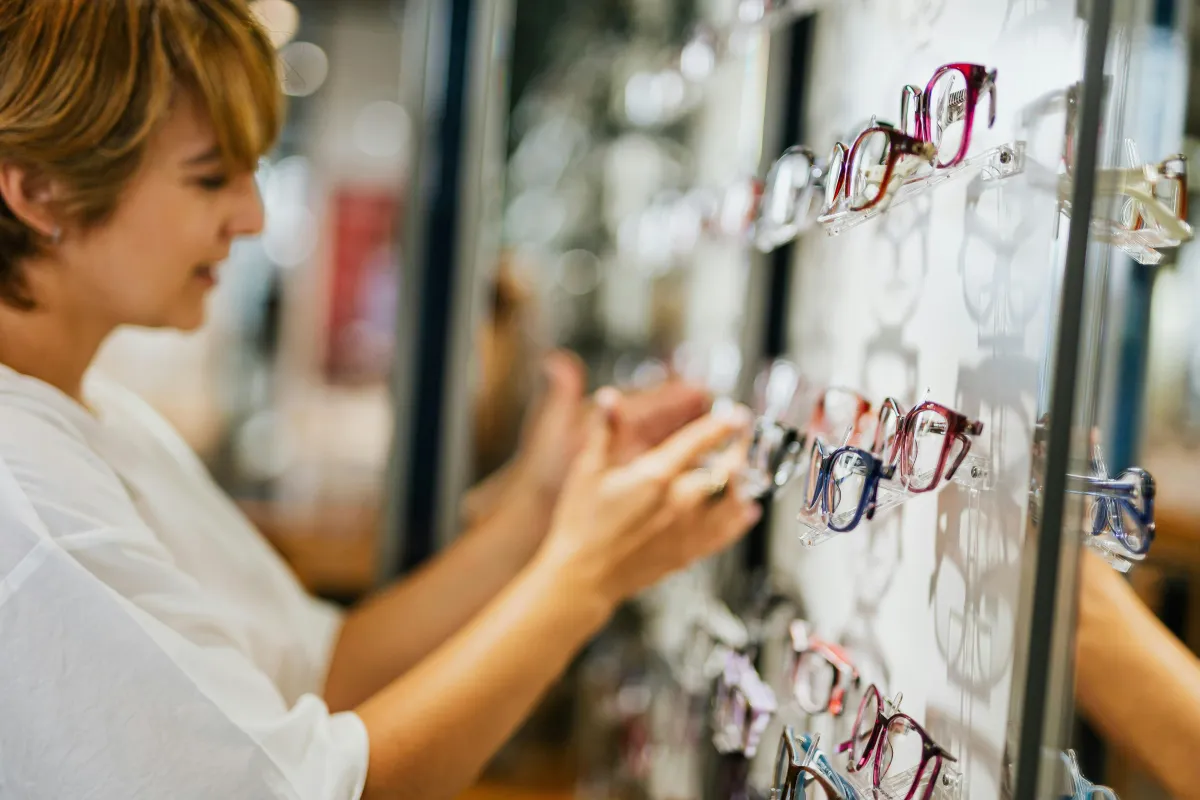
500+ Businesses Are Using This Strategy to Crush Their Competition
In the race to dominate their markets, businesses are always looking for the next big edge. While some turn to flashy advertising campaigns or deep discounts, a growing number—over 500, according to recent research—are quietly adopting a strategy that’s proving to be a game-changer. This strategy doesn’t just level the playing field; it tilts it in their favor, helping them attract more customers, grow faster, and outperform their competition.
What’s the secret? Personalization at scale, powered by data-driven insights and automation technology. Let’s break down how this marketing strategy is revolutionizing industries and why your business can’t afford to ignore it.
What Is Personalization at Scale?
Personalization at scale is the ability to deliver highly tailored experiences to a large number of customers using advanced tools and technologies. Gone are the days when personalization meant adding a customer’s name to an email. Today, it’s about creating hyper-relevant content, offers, and interactions that feel uniquely designed for each individual.
Think Netflix’s recommendation engine or Amazon’s “Customers also bought” section—this level of customization isn’t just for tech giants anymore. Businesses across industries, from retail and healthcare to finance and hospitality, are now leveraging similar strategies to win over customers.
How Personalization Is Crushing the Competition
1. Customers Expect Personalization
A recent study found that 80% of consumers are more likely to buy from a brand that provides personalized experiences. On the flip side, nearly half of consumers will turn to a competitor after a single bad experience.
Businesses using personalization at scale aren’t just meeting expectations—they’re exceeding them. By tailoring every interaction to the customer’s preferences, they create loyalty and trust that competitors struggle to match.

2. It Drives Revenue Growth
According to research from McKinsey & Company, businesses that excel at personalization generate 40% more revenue from their marketing efforts than those that don’t.
Here’s why:
Higher Conversion Rates: Personalized product recommendations or targeted discounts convert better than generic campaigns.
Increased Customer Retention: Happy customers stick around longer, increasing their lifetime value.
One retail brand reported a 30% increase in online sales after implementing a personalized email campaign that featured product recommendations based on browsing history.
3. Efficiency Through Automation
For years, personalization was seen as too labor-intensive to scale. But modern tools, like AI and machine learning, have changed the game. Businesses can now analyze vast amounts of customer data—think purchase histories, online behaviors, and even social media interactions—in real time.
With this information, they can:
Segment Audiences Automatically: Create micro-targeted groups based on behavior, demographics, or interests.
Deliver Relevant Content Instantly: Send the right message at the right time through email, social media, or in-app notifications.
For example, a hospitality company used AI to personalize vacation packages for returning customers, leading to a 25% boost in bookings.

Industries Leading the Charge
Retail
Retailers like Sephora and Nike are using personalization to deliver tailored shopping experiences, both online and in-store. From personalized product recommendations to loyalty programs based on individual purchase histories, these brands are redefining customer service.
Hospitality
Hotels and airlines are leveraging data to anticipate customer needs. Marriott’s Bonvoy app, for instance, offers room upgrades, personalized travel tips, and tailored rewards based on guest preferences.
Healthcare
Healthcare providers are adopting personalization to enhance patient care. By analyzing medical history and lifestyle data, they can deliver customized wellness plans, appointment reminders, and medication management alerts.
How to Implement Personalization in Your Business
1. Start With the Right Tools
Invest in customer relationship management (CRM) platforms and AI-driven marketing tools. Popular options include Salesforce, HubSpot, and Klaviyo, which allow you to collect, analyze, and act on customer data seamlessly.
2. Collect Actionable Data
Gather data ethically and transparently. Encourage customers to share preferences through surveys, loyalty programs, or website interactions.
3. Test and Iterate
Personalization isn’t a one-size-fits-all approach. Use A/B testing to determine what resonates with your audience and refine your strategy over time.
4. Scale Smartly
Start small—perhaps with email campaigns or targeted product recommendations—before expanding into more advanced techniques like predictive analytics or dynamic pricing.

The Competitive Edge Is Clear
Personalization at scale isn’t just a trend—it’s the future of customer engagement. The businesses that embrace it are seeing measurable results: higher revenue, stronger customer loyalty, and a clear edge over their competition.
As more companies adopt this strategy, those that ignore it risk being left behind. The question isn’t whether you should invest in personalization—it’s how soon you can start. With the tools and insights now available, dominating your market has never been more attainable.
The competition is fierce, but the strategy is simple. Are you ready to crush it?